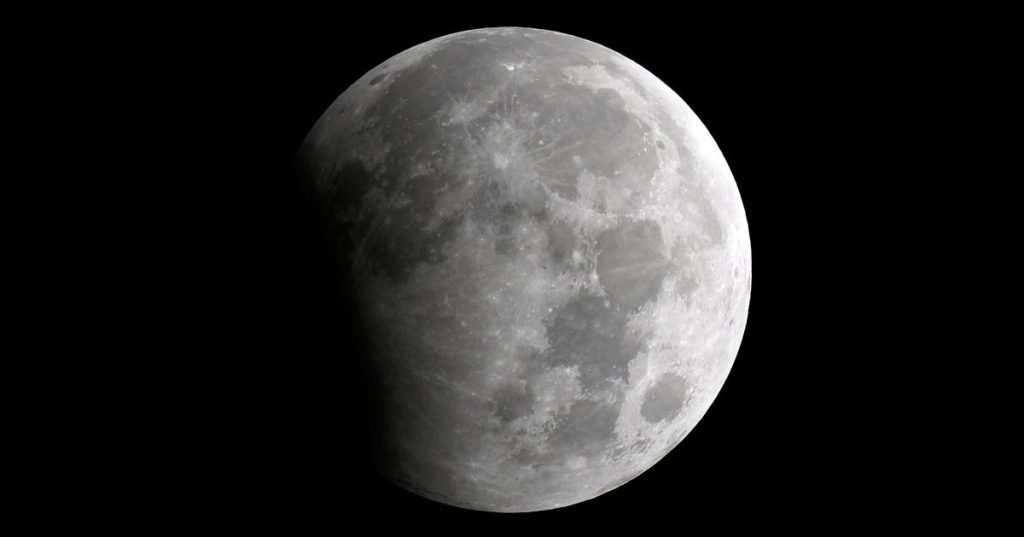Skywatchers in North America, South America, Africa, and Europe are in for a treat as they will be able to witness a partial lunar eclipse and supermoon event. The eclipse occurs when the Earth passes between the sun and moon, casting a shadow that darkens part of the moon. The moon will also appear larger in the sky due to its closer proximity to Earth, making it a supermoon. This event is one of three supermoons happening this year.
Valerie Rapson, an astronomer at the State University of New York at Oneonta, explained that during a partial lunar eclipse, a portion of the sun’s light is blocked, resulting in the moon appearing slightly dimmer. The Earth, moon, and sun align to create solar or lunar eclipses four to seven times a year. This lunar eclipse is the second and final one of the year, following a partial darkening that occurred in March.
Unlike a solar eclipse, viewers do not need special eye protection to observe a lunar eclipse. They can simply look at the moon with the naked eye or use binoculars and telescopes for a closer view. KaChun Yu, a curator at the Denver Museum of Nature and Science, suggested that observers stay outside for a few hours or check back periodically throughout the evening to notice the moon’s gradual dimming.
For a more dramatic lunar experience, skywatchers can mark their calendars for March 13, when the moon will be entirely eclipsed by the Earth’s shadow. During this event, the moon may appear red due to sunlight filtering through the Earth’s atmosphere. This spectacle offers a unique and captivating opportunity for those interested in observing celestial phenomena.


